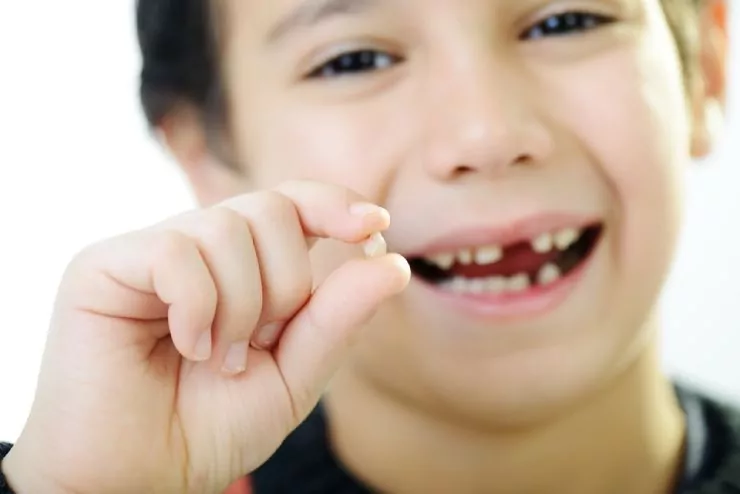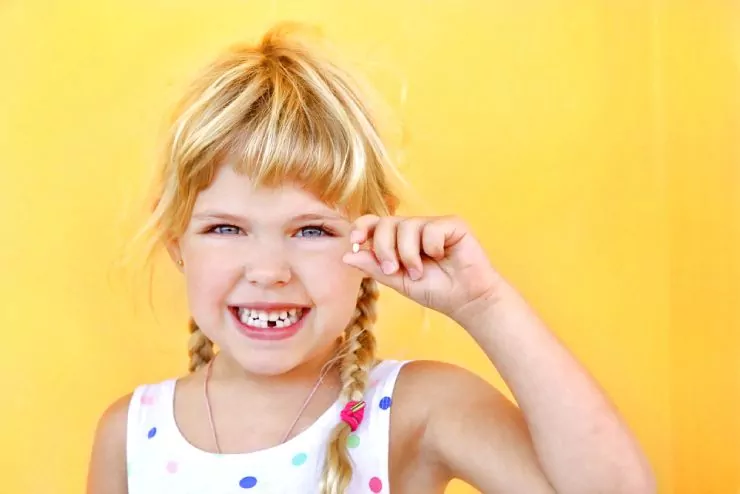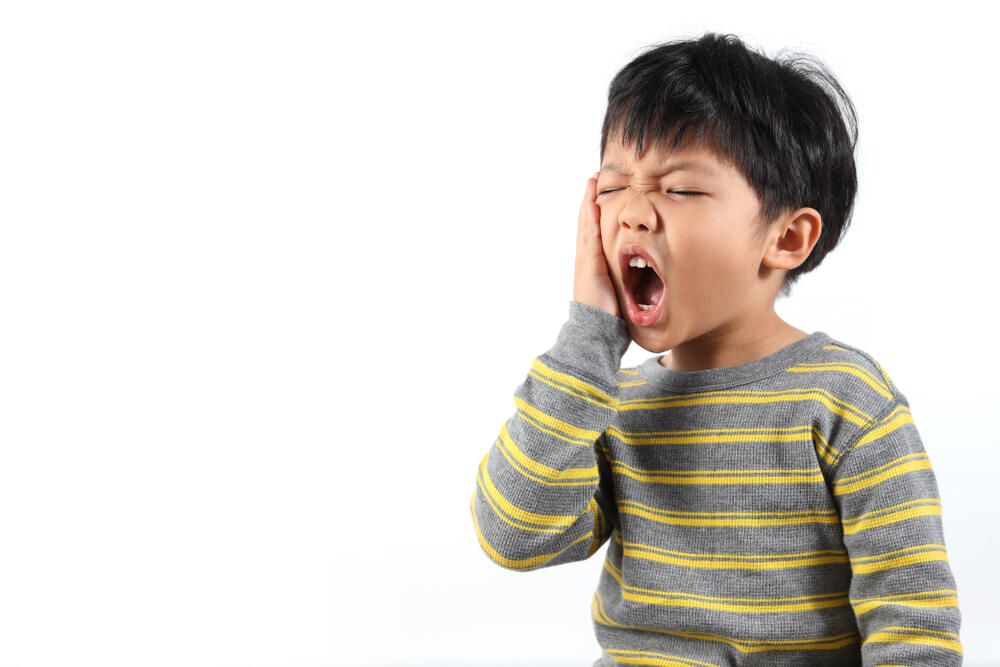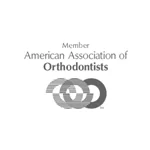
When our children start losing teeth, it’s an exciting time for us but especially for them. Next thing you know they’ll be packing up and heading off to college.
Okay, we’ll slow down a bit.
Either way, it’s important that you care for your child’s oral health. But, when do kids start losing teeth and what types of signs should I look for when their teeth start falling out?
In this guide, we’re going to address subjects revolving around natural tooth loss in children and what you can do to make the process run as smoothly as possible.
When do Kids Lose their First Tooth?
When do kids lose baby teeth and start growing their adult teeth? They will generally start losing teeth around 6 years old and can expect to have the last of their baby teeth gone by 12 years old.
Keep in mind that this is a general estimate. Some children will start losing teeth as early as 4 years old while others may not lose their first tooth until they’re as old as 7.
How Many Teeth Do Kids Lose?
A child starts with 20 primary teeth and they will lose all of these to make room for permanent teeth. These teeth begin to erupt around the age of six months and will continue until about age three.
By the time your child loses all of their primary teeth during their early teen years, they’ll be replaced by 32 permanent teeth.
Which Teeth Fall Out First?
Use this table to identify which teeth will fall out first based on the average age of your child:
| Teeth | Age |
| Central incisors (front teeth) | 6-8 years old |
| Lateral incisors | 7-9 years old |
| Canines | 8-12 years old |
| First premolars | 9-11 years old |
| Second premolars | 10-12 years old |
Average Age for First Lost Tooth: Is my Child Early or Late?
It’s important to note that there isn’t necessarily a “problem” with early or late tooth loss unless it becomes painful or irritating to the child. In some cases, baby teeth will stick around longer than they should as permanent teeth erupt.
This can throw off the directional growth of the permanent tooth causing long-term dental issues that require braces.
Some children may start losing their baby teeth as early as age 4 or 5, while others may lose them a bit later. Early loss of baby teeth can occur due to factors such as trauma, dental diseases, or genetics. When a baby tooth is lost prematurely, it’s usually not a problem unless it becomes difficult for the child to eat because they’ve lost more teeth than they’re growing.
Preparing Yourself (and Your Child) For Their First Loose Tooth
When do kids lose their teeth is important, but what do you do when you know a trip from the tooth fairy is inevitable?
While we don’t recommend the old doorknob trick, there are ways to encourage your child to help remove their baby tooth in a safe and effective way.
It’s perfectly okay to allow your child to wiggle the tooth around with their tongue and play with it as long as the gums are not inflamed and it’s not causing them any pain.
Remember that this can be a weird sensation for your child, especially if it’s their first tooth. They might be scared so be sure to comfort them and help them feel excited about growing up and getting bigger!
When Do Adult Teeth Come In?
Adult teeth, also known as permanent teeth, begin to come in after the baby teeth start to fall out. The eruption of permanent teeth typically follows a sequential pattern, but individual variations are common. Here is a general timeline for the eruption of permanent teeth.
Here’s a table that breaks down the growth of adult teeth:
| Tooth Type | Typical Age Range (Years) |
| First molars | 6 |
| Central incisors | 6-8 |
| Lateral incisors | 7-9 |
| First premolars | 9-11 |
| Canines | 9-12 |
| Second premolars | 10-12 |
| Second molars | 11-13 |
| Third molars | 17-25 |
Signs Your Child has a Loose Tooth:
If you’re unsure if your child has a loose tooth, don’t be afraid to ask or dive in and see for yourself. Here are some signs that your child is losing their baby teeth:
Loose teeth – The most obvious sign is when the baby tooth becomes loose. You or your child may notice slight movement or wiggling when touching or brushing the tooth.
Gaps in teeth – As baby teeth are lost, gaps or spaces may appear between the teeth. This occurs when a baby tooth falls out before the permanent tooth erupts.
Shifting of teeth – The movement of one tooth can affect the positioning of neighboring teeth. You may notice a slight shift in the alignment of teeth as the permanent tooth starts to take its place.
FAQs About Loose Teeth
Here are some of the most frequently asked questions about baby teeth loss:
Is age 5 too early to lose teeth?
No, age 5 is not too early to lose teeth but if your child is losing a lot of teeth and they are not being replaced, this could become a problem. You’ll want to contact us for an appointment if you’re concerned.
Do five-year-olds lose all their teeth?
No, your child should not lose all their teeth at five years old and if you’re worried that they’re losing too many teeth too fast, feel free to contact us.
Is it okay to pull out a loose tooth?
You shouldn’t pull out a loose tooth unless it is almost completely free from the gums. Allow the child to wiggle the tooth on their own so they can feel if there is any discomfort or pain. There isn’t really any reason why you would have to pull the tooth out yourself. It should come out on its own and if it doesn’t, the tooth should be removed in a dental office.
Final Thoughts
When do kids start losing teeth and when is too early or too late? No need to worry anymore because you have answers to all of your questions.
We specialize in Pediatric Dentistry and if you have any concerns, we would be more than happy to take you and your child as a patient. Contact us today!










